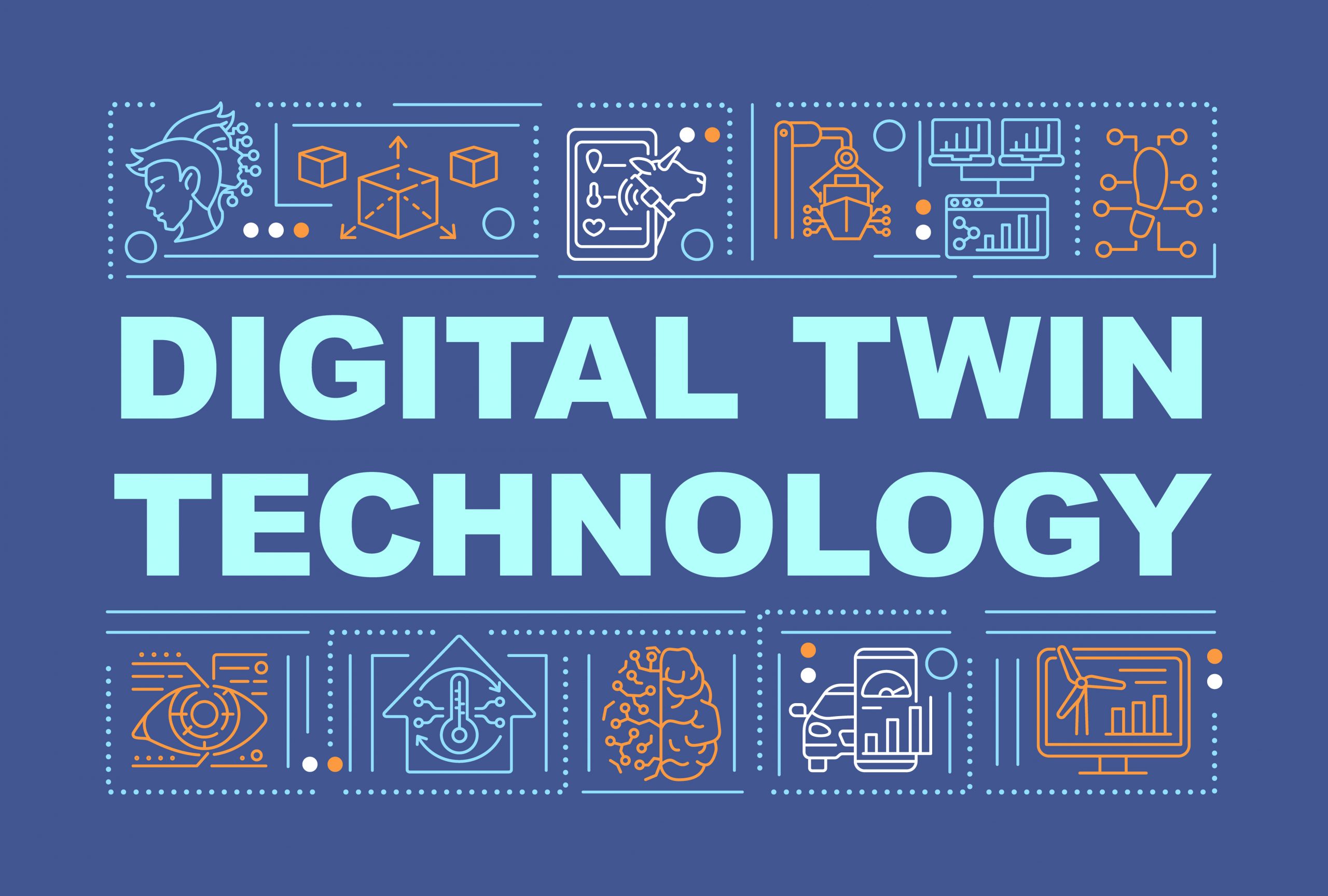The recent technology extensively used today in the construction industry is digital twin technology. It digitally creates a replica of a physical entity like a house, building, product, or road. If you’re familiar with Google Maps, it’s an example of twin technology.
City municipalities are at the forefront of the use of twin technology. It’s critical in the rapid development of city roads, buildings, or entire cities. Applications of digital twin technology include the development of a smart city digital twin map, twins for highways, urban planning, and predictive maintenance.
Types Of Digital Twins
The concept of digital twins can be classified into:
- Parts Twinning
Technology helps create copies of individual components, allowing engineers to conceptualize the mechanical, physical, and electrical characteristics of mechanical parts. Twin technology also gives a mathematical model with enough complexity for predicting real-world behaviors in different situations.
- Product Twinning
It’s an advancement of parts twinning. In this case, the focus is on the interoperability of different parts as they function as a unit. Understanding the interaction of several parts helps in their optimization. As a result, you can quickly minimize the mean time between failures (MTBF) and the mean time to repair (MTTR).
- System Twinning
Engineers can visualize the whole spectrum of products at the system level beyond product twinning. Through digital twinning, systems like communication, traffic control, or industrial manufacturing can experiment and monitor their systems for top-notch effectiveness and efficiency.
- Process Twinning
Besides using twin technology in physical objects, you can also twin workflows and processes. It helps in streamlining your operations of transforming raw materials into finished goods. Pure business-focused workflows together with human looped workflows benefit from digital twinning. As a result, managers can adjust inputs and monitor how outputs are affected.
Importance Of Digital Twin Technology
The digital twin technology comes with several advantages to its users. Here’s a list of them:
- Improves Collaboration
You have a two-direction flow of information with twin technology, from the real object to the digital twin and vice versa. As a result, there’s excellent coordination between the individuals involved in the project. If you’ve got a team in the field and another in the office, they can easily collaborate with minimal hitches.
In addition, you can keep the number of visits to the project site at their minimum as the digital twin gives an exact representation of the object, including space. On top of that, you can arrive at timely decisions because data is generated in real-time. As a result, through collaboration, the productivity and efficiency of your team are enhanced.
- Efficiency In Safety Monitoring
Safety is a significant concern in the construction industry. A slight mistake can result in fatal accidents. As a result, there’s a need for real-time inspection and implementation of safety measures. If you’re doing a project in a highly hazardous area, you can have real-time tracking of your employees or materials with digital twin technology.
To accomplish monitoring, you can use sensors at critical sections of your project like scaffolding, which are subjected to high loads for efficient stress monitoring. It helps avoid scaffolding platform failure.
- Post-Project Monitoring
The monitoring of a project shouldn’t end after handing it over to the owners. But you can still use twin technology to monitor the health of structures—for instance, a cement factory with high-rise structures such as raw mills and silos. You should regularly monitor the strength of the facilities because the cycle loads and vibrations cause stress on them, which might be a risk in the long run. In the past, there has been a failure of cement silos. Thus, it’s your responsibility to avert similar occurrences in your organization.
The collapse of a structure is life-threatening and might cause enormous financial losses. To help you out in this matter, install sensors to monitor stresses and cracks, whereby the data is transmitted to a digital model in real-time for action.
- Post-Construction Maintenance
Once you’ve finished a project, your dealings with the structure don’t stop there. You can include the in-built deliverables using the twin technology as you hand over a project to the maintenance team. Such data is essential for the maintenance of the facility. All structures need to be maintained. If a particular part of the structure needs to be replaced after a certain period, you can use twin technology to build another one.
Final Thoughts
If you’re looking forward to making your engineering work easy and productive, leveraging twin technology might be the way to go. The ability to replicate objects makes it easy to plan and execute projects. As a result, if you’ve yet to incorporate this technology in your construction work, this article lists enough advantages.
